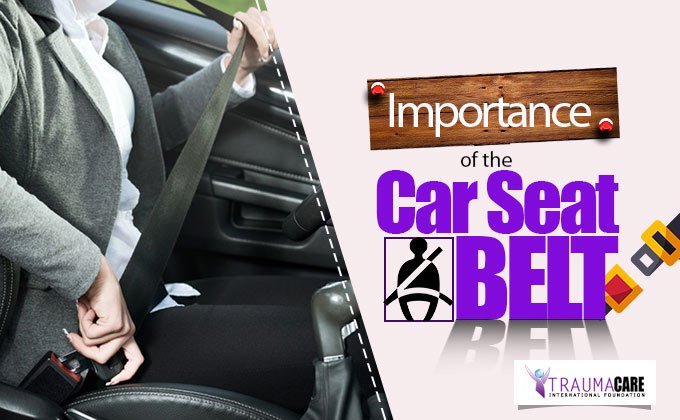Safety Series
INTRODUCTION
A seat belt (also known as a safety belt) is a vehicle safety device designed to secure the driver of a vehicle or a passenger against harmful movement that may result from a collision or a sudden stop.
They are designed to retain people in their seats and by so doing, prevent or reduce injuries. They ensure that as little contact as possible is made between the occupant and vehicle interior.
HOW DOES IT WORK?
When in motion, the driver and passengers are traveling at the same speed as that of the car. If the driver makes the car suddenly stop or crashes, the driver and passengers continue at the same speed as the car was going before it stopped. A seatbelt when in use applies an opposing force to the driver and passengers to prevent them from falling out or hitting against the interior of the car.
Shoulder belts should rest securely across your chest and shoulders between the chest areas. Don’t ever let the strap fall across your neck or face and never place the strap under your arms or behind your back. Anyone of these positions can cause serious injury during a crash. Seat belts are considered Primary Restraint Systems (PRS), because of their vital role in occupant safety. Unbuckled passengers can very easily be ejected through the front, rear or side windows.
CONCLUSION:
The seatbelt is an effective safety tool that not only saves lives but also significantly reduces the severity of the injury that vehicle occupants may have sustained if they were not wearing the device. More public enlightenment is needed to increase awareness and compliance in the use of seatbelts among motorists.





What do you think?
0 Responses
To Comment, you must Sign In
Be the First to Post on this Topic